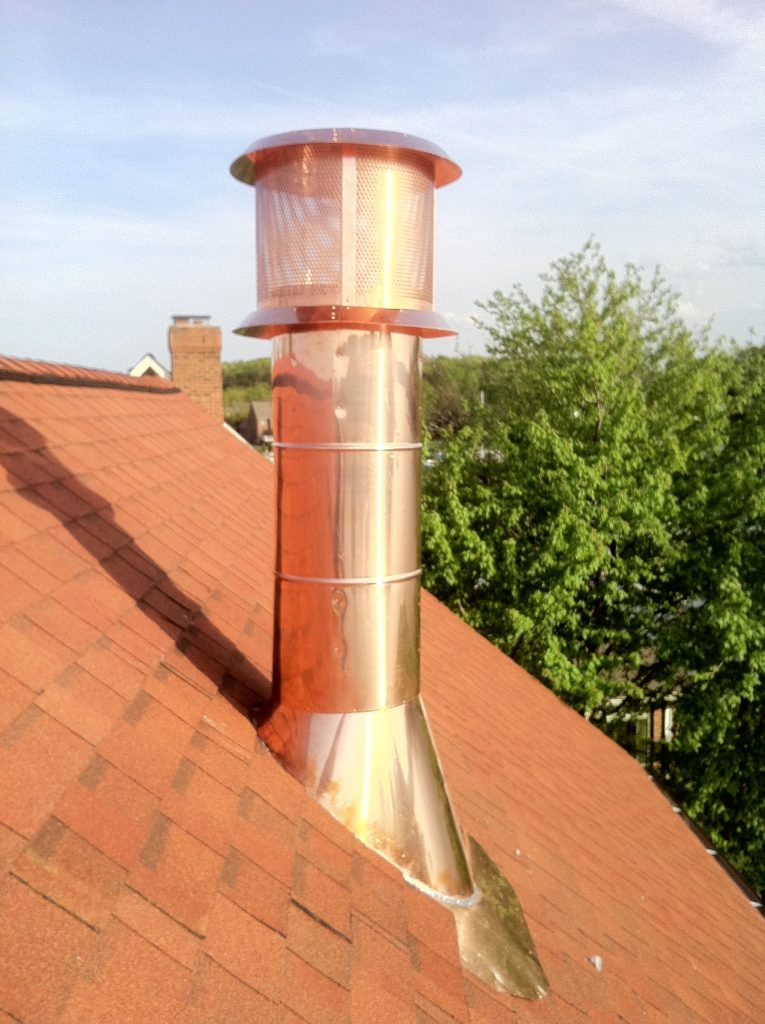
Are you familiar with the various parts of your chimney? Chimney’s contain a much richer anatomy than a simple tunnel leading to the roof. In order to best maintain and use your chimney, it’s important to understand these various parts and how they all operate together. To get you started, our experts have put together a deeper look at the chimney flue.
How Does The Chimney Work?
Chimneys work hand in hand with fireplaces to bring you those Friday nights by the fire. In order for a fire to continuously burn, it needs oxygen, fuel, and heat. The fuel and the wood are handled in the fire pit. The oxygen, however, is where the flue comes in. Flues provide the necessary air flow for the fire to burn and ventilate, without filling your home with smoke and other toxic byproducts. Rising heat creates an air current that carries that heat, smoke, and gas along an upward trajectory, known as drafting, and it is exactly how the chimney flue works.
Where Is The Chimney Flue?
Flues can be located inside a chimney or as a separate flue pipe. Either way, the flue helps the smoke and other waste gases exit the home. Flues should be proportionate in size to the fire system for optimum airflow and should be properly equipped with a liner that prevents high heat and toxic fumes from escaping into the home. This liner can be made from metal, clay, or even heat resistant concrete.
Why Are Chimney Flues Important
Without the flue, your home would be full of toxic byproducts from the fireplace. Flues enhance the safety and performance of both your chimney and your fireplace. They prevent the overheating of combustibles next to the chimney, and they make the chimney more resistant to corrosion.
If you’ve ever asked yourself “What is a chimney flue” then we hope you found this article helpful. Stay tuned for more chimney anatomy blog posts. Should you have any questions in the meantime, get in touch with our amazing team at (416) 992-7965 or cumminsrestoration@rogers.com.





